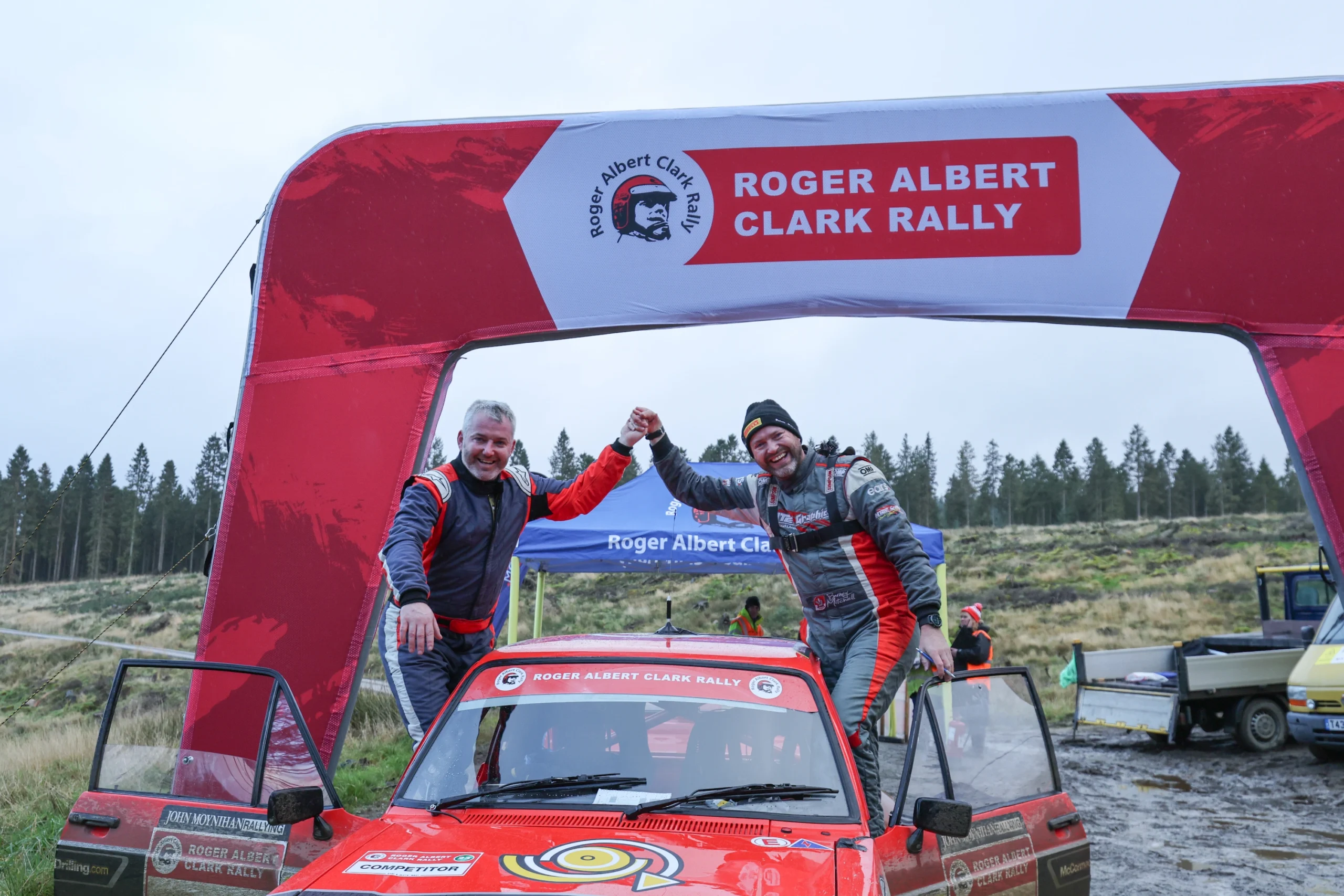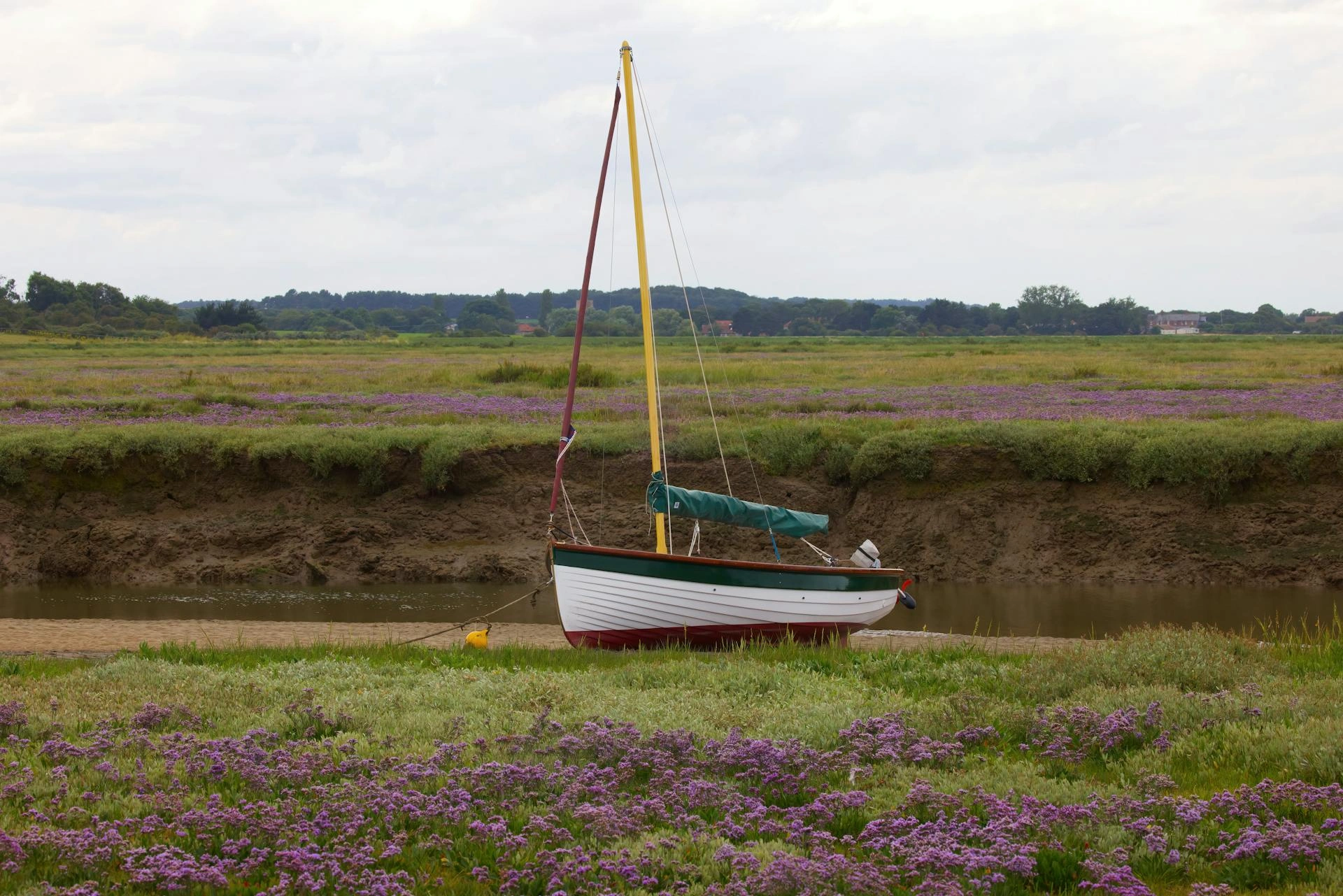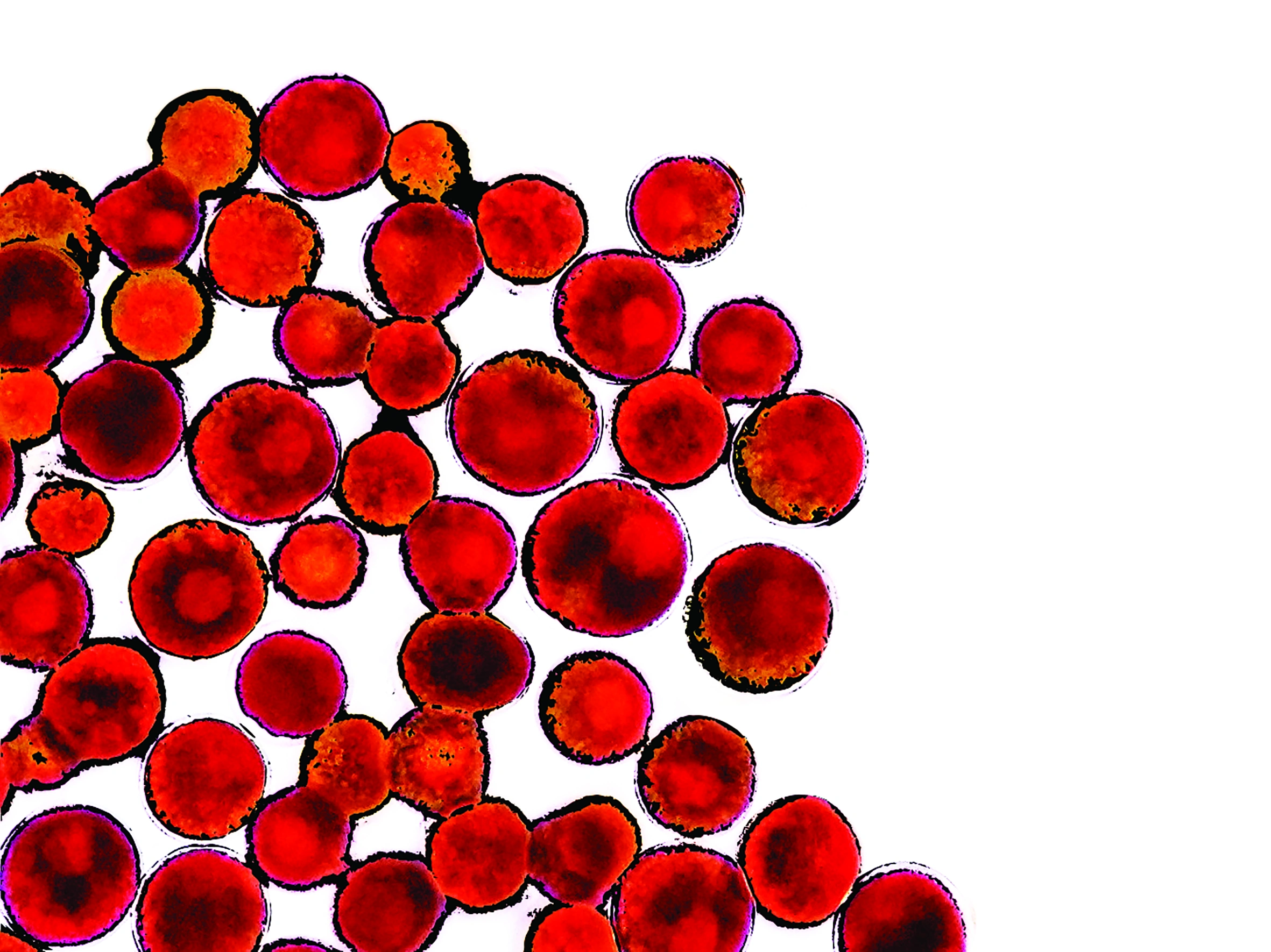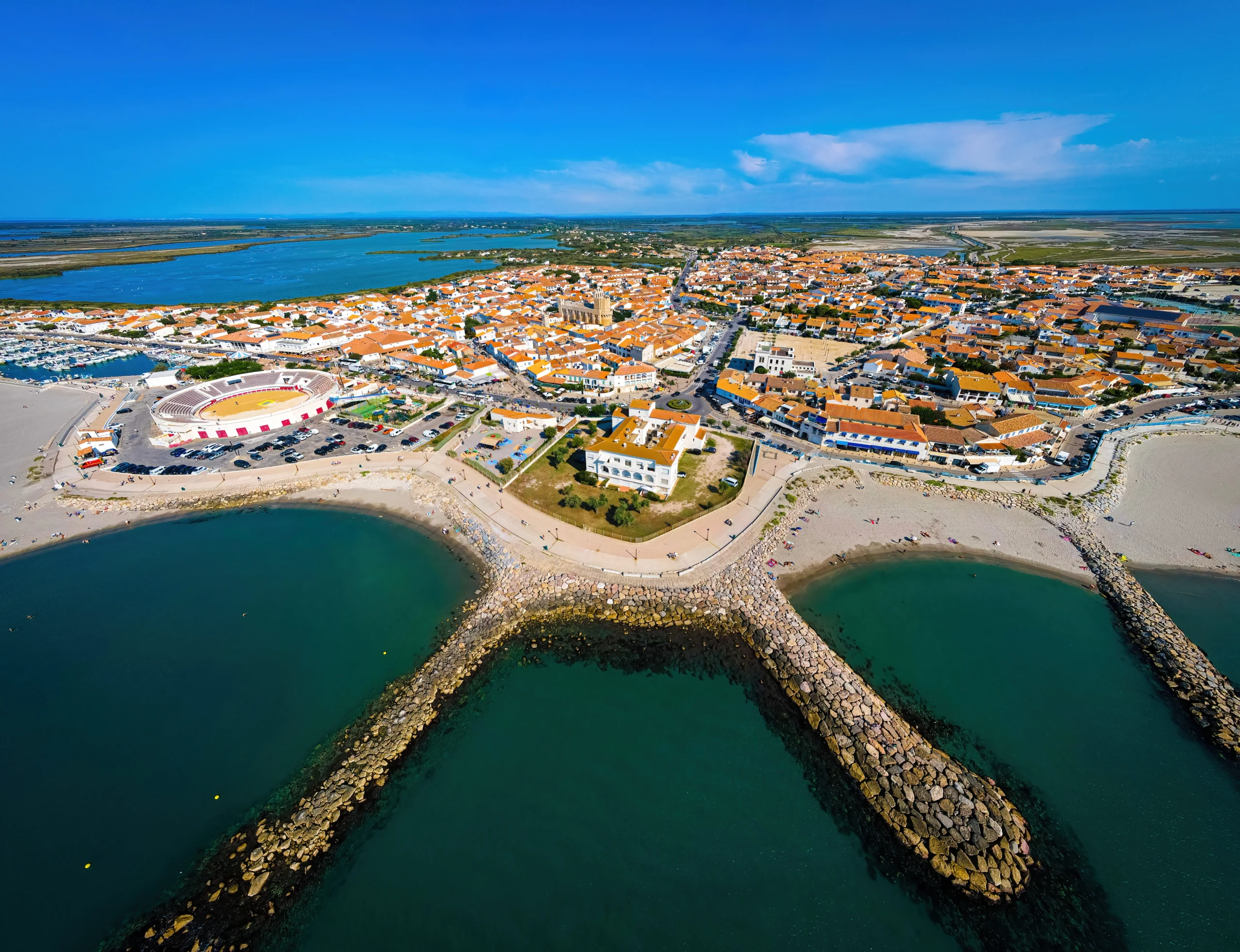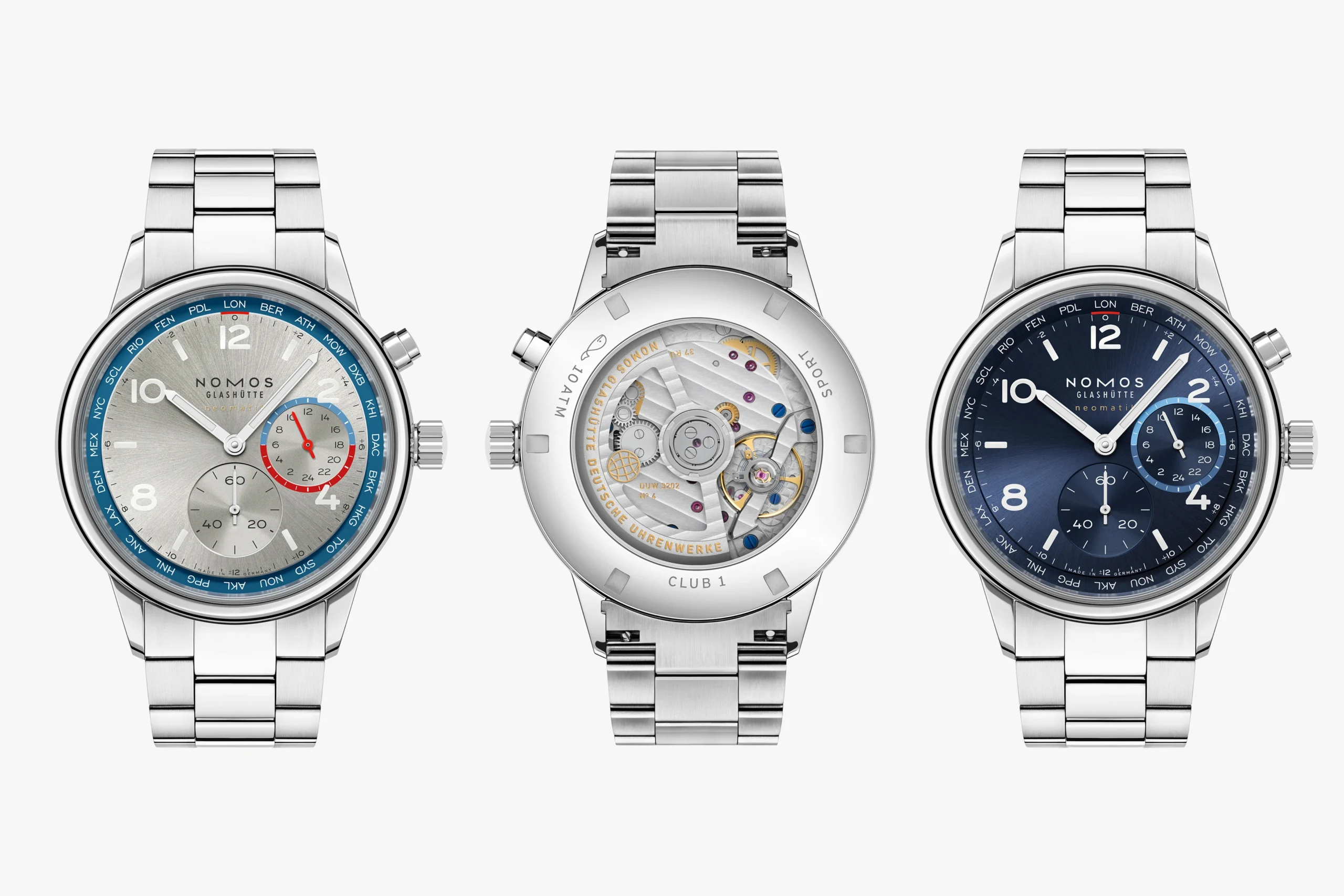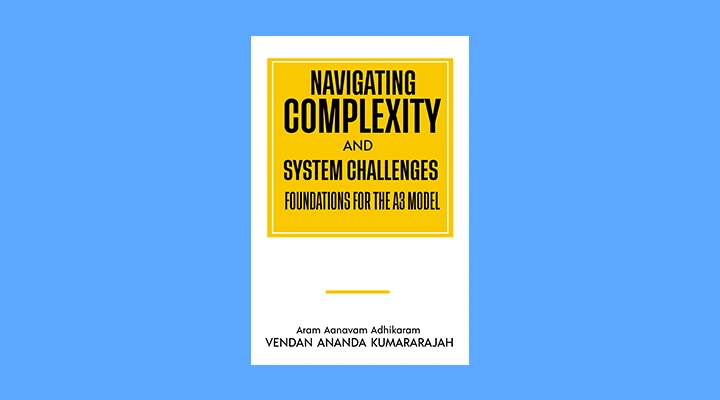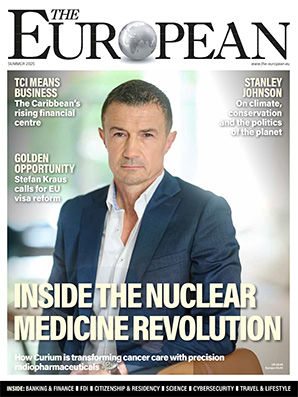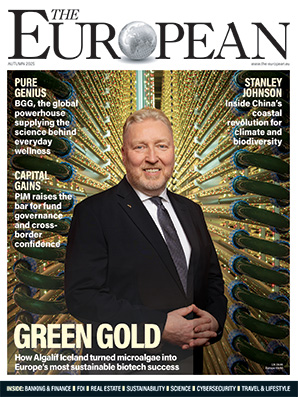What effective addiction treatment looks like today

Paul Garrigan
- Published
- Lifestyle

Mindfulness coach Paul Garrigan of Hope Rehab Thailand explains how effective addiction treatment in 2025 relies on clinical evidence, personal commitment, and a tailored approach to long-term recovery
The mythologist Joseph Campbell once wrote about the “hero with a thousand faces,” a universal archetype found in stories across cultures. He could have been writing about the individuals who arrive at Hope Rehab Thailand. Every client who makes the decision to change their life is on a hero’s journey. They come from different countries, age groups, and backgrounds, but what unites them is a single moment of clarity: the willingness to change. Campbell’s classic structure of transformation — departure (the call to adventure), initiation, and return — offers a way to understand what brings people to Hope, how they adapt, and what happens when they leave.
The call to adventure – What drives people to come to Hope?
Desperation is the most common reason clients decide to seek treatment. People may feel they’ve hit rock bottom as they struggle to keep their lives on track. Rehab is unlikely to be anyone’s first choice. Those who start to experience negative consequences from alcohol or drug addiction usually try to fix the problem themselves. They may attempt harm reduction strategies — such as drinking less or only at certain times — or try to stop completely for a fixed period, or even indefinitely. It’s only when they realise that their efforts aren’t working that they consider inpatient treatment.
The term ‘rock bottom’ can be misleading. It doesn’t necessarily mean losing your job, relationships, health, or reputation. It simply means reaching a point where you’ve had enough. The clients who come to Hope vary enormously in their personal definition of rock bottom. That’s why the focus is on what they have in common rather than what sets them apart. The only thing that really matters is the readiness to change.
Initiation into Hope:
The fact that a client often travels halfway across the globe to reach Hope tells us something significant. It’s a serious commitment, usually involving putting aside work, family, and social responsibilities. It can be a huge leap into the unknown: a new country, unfamiliar people, and entirely new experiences. That willingness to step away from the familiar suggests high motivation and shows that clients are willing to prioritise recovery.
A key part of the initiation process at Hope is accepting the rules of the community. Clients enjoy more freedom than at many traditional facilities — including trips to the beach and local shops — but there are still limits on movement and clear expectations around behaviour, especially in relation to others. Respect and participation are vital. Clients are expected to fully engage in the programme, even when it means temporary restrictions or stepping outside their comfort zones. It’s a shift from cynicism (“that won’t work, so I won’t try it”) to healthy scepticism (“I’ll try it, but I’ll decide for myself if it works”).
Return from Hope – Home will never be the same
A common criticism of going to Thailand for rehab is that it’s not the ‘real world.’ There’s a valid point: clients are in a beautiful, peaceful location, far away from the triggers and pressures of home. So what happens when they return to the realities of everyday life? Most clients at Hope can see beyond this somewhat cynical view. They understand the experience as a kind of training ground — like using stabilisers on a bicycle. The programme is designed to prepare them for life after rehab.
Being at Hope allows people to see themselves, their problems, and the world around them in new ways. They return home with fresh perspectives and practical tools, making familiar stresses far more manageable. Many even come to realise that happiness depends less on where you are and more on how you are. As T.S. Eliot wrote, we may “arrive where we started and know the place for the first time.”
So, who comes to Hope Rehab Thailand? Heroes, from every walk of life and every corner of the world. What they share is a willingness to change and to try something they might never have imagined for themselves.
“Real recovery begins the moment a person chooses change”
Defining effective addiction treatment
Effective addiction treatment usually means long-term abstinence from a substance or addictive behaviour (such as gambling). Once an addiction takes hold, regaining control often feels impossible. Most people who seek treatment will already have spent years trying to moderate, cut back, or quit. Harm reduction can also be a goal, but even here, the aim is often to lead eventually to abstinence.
What do we mean by long-term? A month? A year? A lifetime? Countless people have relapsed after years or even decades of sobriety. That’s why groups like Alcoholics Anonymous focus on manageable timeframes: one day at a time.
What effective treatment looks like
Addiction is rarely simple. It’s often tangled with trauma, anxiety, depression, and other mental health issues. That’s why effective treatment has to be individualised. The most effective approaches are evidence-based, meaning there is good reason to believe they work. Rehab may only last a matter of weeks, so it’s crucial to make the best possible use of that time. Treatments that lack evidence can sometimes do more harm than good; for example, shaming people out of addiction was once thought effective but caused harm.
Even evidence-backed methods depend on the skill of the person delivering them. Proper qualifications and experience are essential. Affordability is also a major factor. Private rehabs must make decisions about allocating resources — between therapy, accommodation, food, and other services. In reality, treatment has to be both effective and financially viable.
Individualised care depends on a full assessment, including physical and mental health, coping strategies, family background, previous attempts at treatment, and trauma history.
How to find effective addiction treatment
There are no guarantees, but we can improve the odds by asking the right questions. Is the treatment backed by evidence? What’s the rationale behind it? CBT and mindfulness are common because strong research supports them. Personal recommendations, especially from those with lived experience, can help. Online testimonials are another source, though they should be considered critically.
Location is another factor. Rehab options exist around the world, which can make it easier to find high-quality care at a reasonable cost. Being in a new setting — away from familiar triggers — can support a shift in thinking. Physical wellness matters, too. Check whether a centre has adequate fitness facilities, healthy food, and comfortable surroundings. A poor environment can hinder progress. Aftercare is essential — it’s a key predictor of long-term success.
“Effective addiction treatment must be personalised, evidence-based, delivered by qualified professionals, and supported by appropriate facilities and ongoing care. When these elements align, the chances of long-term recovery increase significantly.”
Further information
This exclusive promotional feature was brought to you by Hope Rehab, an internationally acclaimed treatment centre for drug and alcohol addiction. For further information, visit: www.hope-rehab-center-thailand.com
Read More: ‘Inside the Maldives’ most exclusive getaway‘. As autumn darkens across Europe and the festive season looms, the Ocean Suites at Heritance Aarah offer a different kind of prelude to Christmas: an adults-only sanctuary of private pools, fine dining and decadent oceanfront seclusion.
Do you have news to share or expertise to contribute? The European welcomes insights from business leaders and sector specialists. Get in touch with our editorial team to find out more.
Sign up to The European Newsletter
RECENT ARTICLES
-
 December night sky guide: what to look for and where to find it
December night sky guide: what to look for and where to find it -
 Four Seasons Yachts reveals overhauled 2027 Mediterranean programme
Four Seasons Yachts reveals overhauled 2027 Mediterranean programme -
 The European road test: MG’s new electric flagships, the Cyberster and IM5
The European road test: MG’s new electric flagships, the Cyberster and IM5 -
 Historic motorsport confronts its energy future
Historic motorsport confronts its energy future -
 Protecting the world’s wild places: Dr Catherine Barnard on how local partnerships drive global conservation
Protecting the world’s wild places: Dr Catherine Barnard on how local partnerships drive global conservation -
 We ditched Cornwall for North Norfolk — and found a coast Britain forgot
We ditched Cornwall for North Norfolk — and found a coast Britain forgot -
 How BGG became the powerhouse behind some of the world’s biggest wellness brands
How BGG became the powerhouse behind some of the world’s biggest wellness brands -
 Exploring France’s wildest delta: Julian Doyle on the trail of white horses, black bulls and the hidden history of the Camargue
Exploring France’s wildest delta: Julian Doyle on the trail of white horses, black bulls and the hidden history of the Camargue -
 “Embarrassment is killing men”: leading cancer expert warns stigma hides deadly truth about male breast cancer
“Embarrassment is killing men”: leading cancer expert warns stigma hides deadly truth about male breast cancer -
 Diving into… Key West, Florida
Diving into… Key West, Florida -
 Nick Mason leads celebrity line-up at London Motor Week
Nick Mason leads celebrity line-up at London Motor Week -
 The simple checks every man should do for breast cancer
The simple checks every man should do for breast cancer -
 Concerto Copenhagen marks Danish EU presidency with gala at Bozar
Concerto Copenhagen marks Danish EU presidency with gala at Bozar -
 What effective addiction treatment looks like today
What effective addiction treatment looks like today -
 NOMOS Glashütte named Germany’s best sports watch brand 2025
NOMOS Glashütte named Germany’s best sports watch brand 2025 -
 Stars, supermoons and shooting fireballs: why November’s sky is unmissable
Stars, supermoons and shooting fireballs: why November’s sky is unmissable -
 “Derbyshire is both a treasure and a responsibility” — William Glossop on the New Heritage Shell Guide
“Derbyshire is both a treasure and a responsibility” — William Glossop on the New Heritage Shell Guide -
 Inside the Maldives’ most exclusive getaway
Inside the Maldives’ most exclusive getaway -
 Tripadvisor says this is one of the best hotels on Earth — we went to see for ourselves
Tripadvisor says this is one of the best hotels on Earth — we went to see for ourselves -
 Britain’s most storied guidebook series returns with a Derbyshire volume that mixes celebration with stark warnings of industrial devastation
Britain’s most storied guidebook series returns with a Derbyshire volume that mixes celebration with stark warnings of industrial devastation -
 Michelin shortlists Croatia’s Villa Nai 3.3 as one of the world’s best-designed hotels
Michelin shortlists Croatia’s Villa Nai 3.3 as one of the world’s best-designed hotels -
 Drive your own safari: why Kruger is Africa’s most accessible wildlife park
Drive your own safari: why Kruger is Africa’s most accessible wildlife park -
 Oggy Boytchev on Sardinia, an island of contrasts
Oggy Boytchev on Sardinia, an island of contrasts -
 At the edge of Europe. A cruise gateway on the Russian frontier
At the edge of Europe. A cruise gateway on the Russian frontier -
 The European Reads: What a 2,000-year-old philosophy can teach us about power
The European Reads: What a 2,000-year-old philosophy can teach us about power




